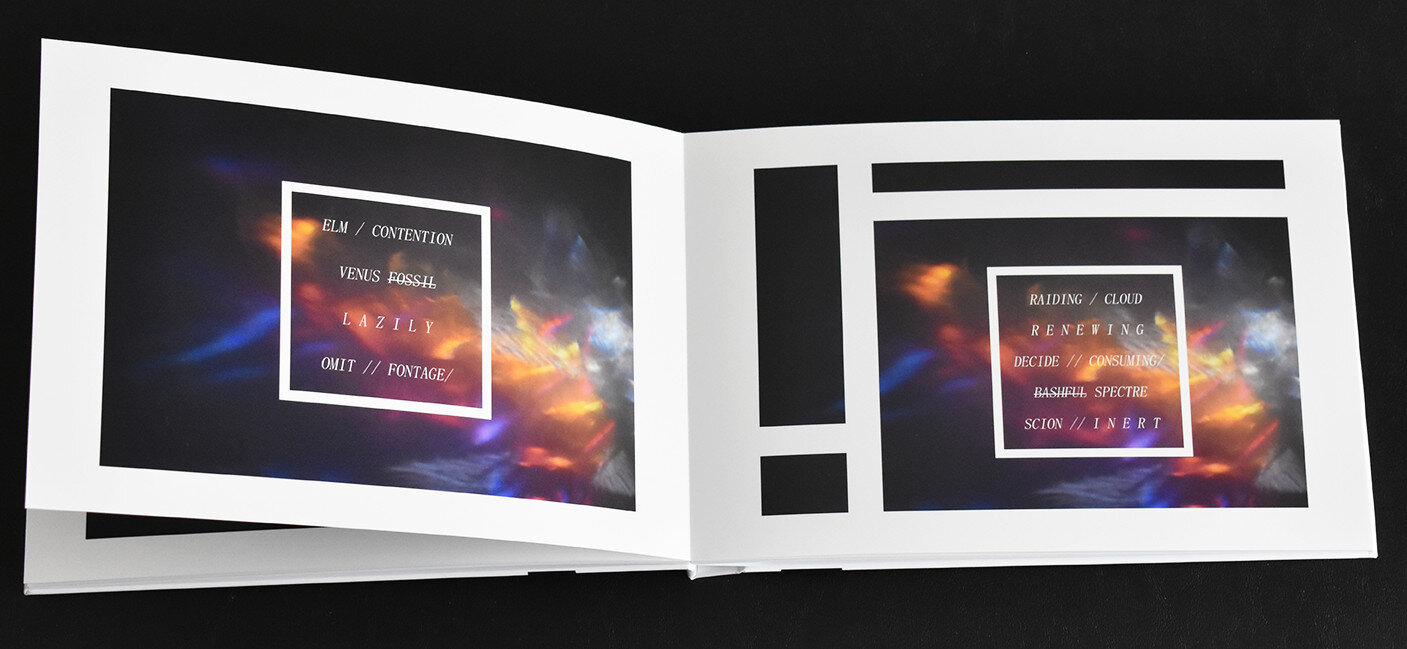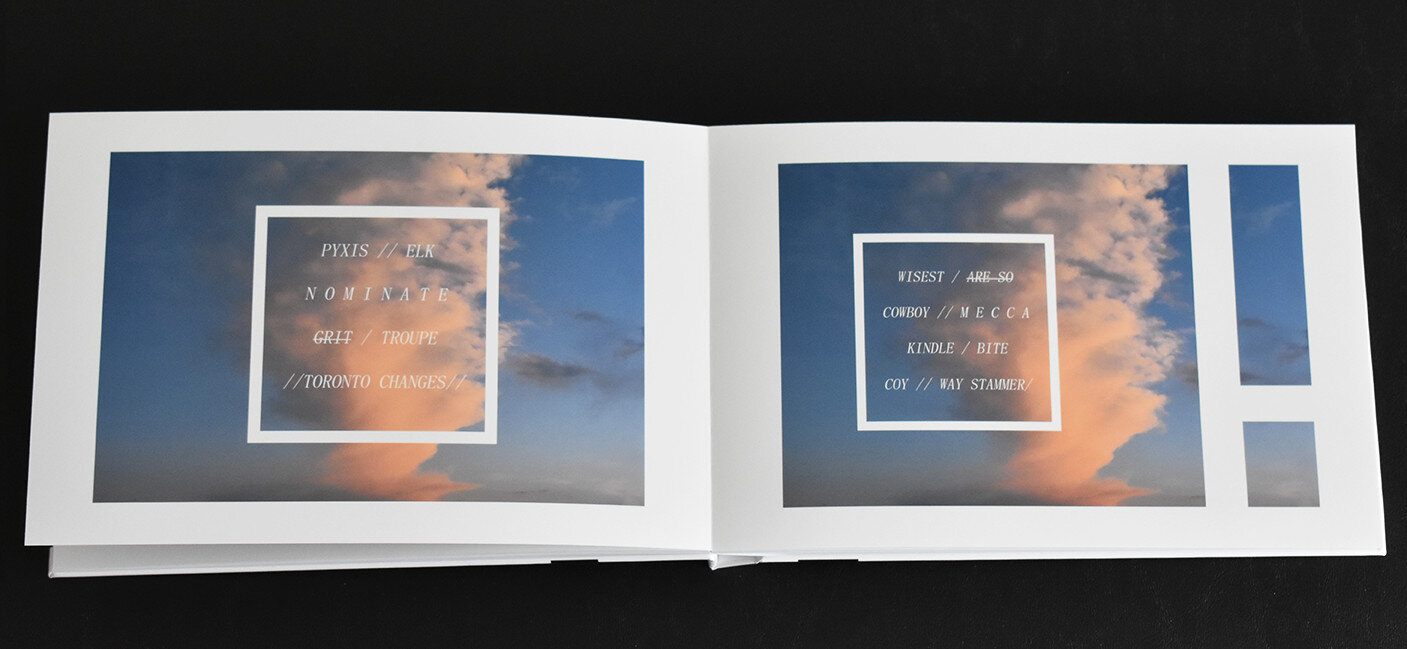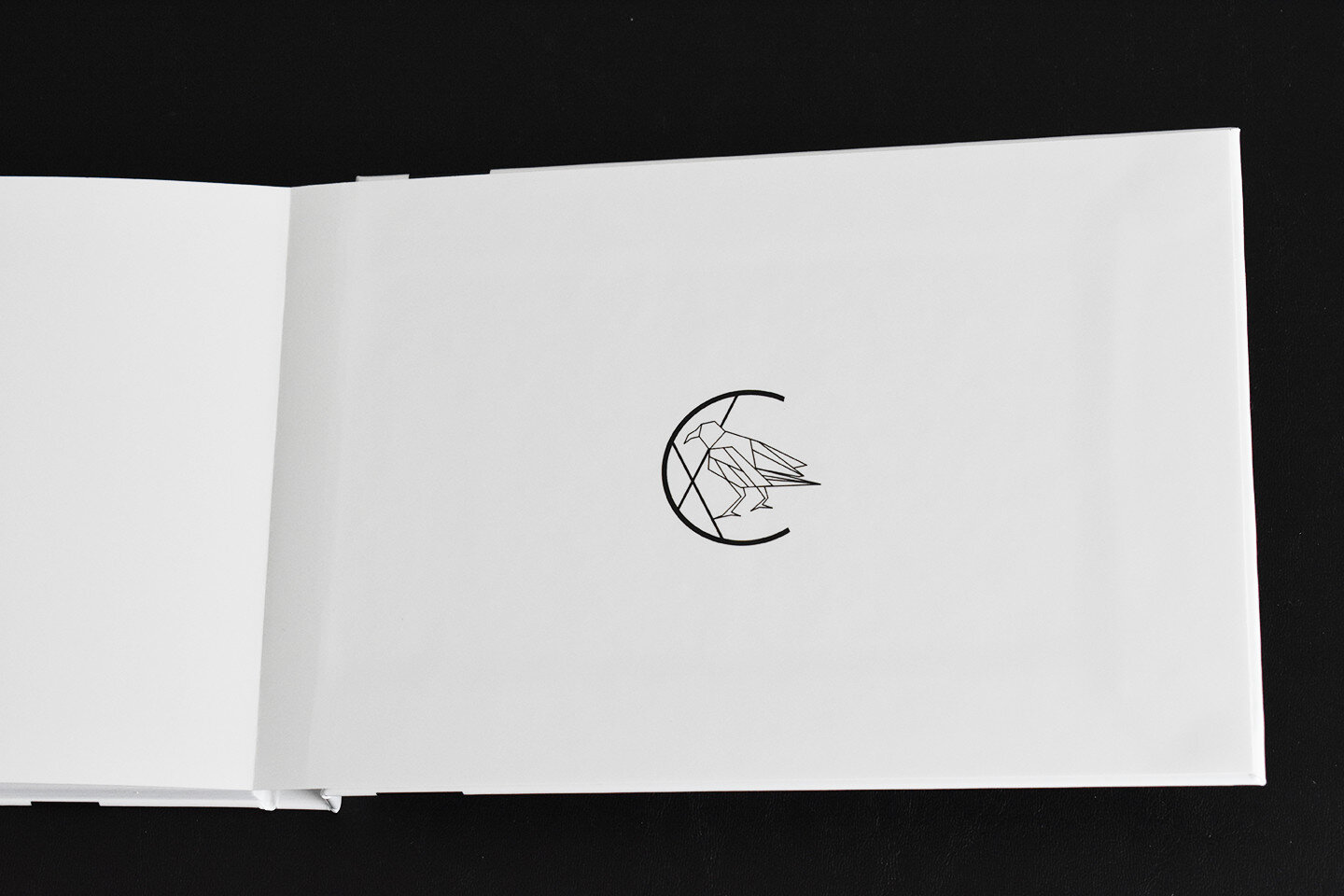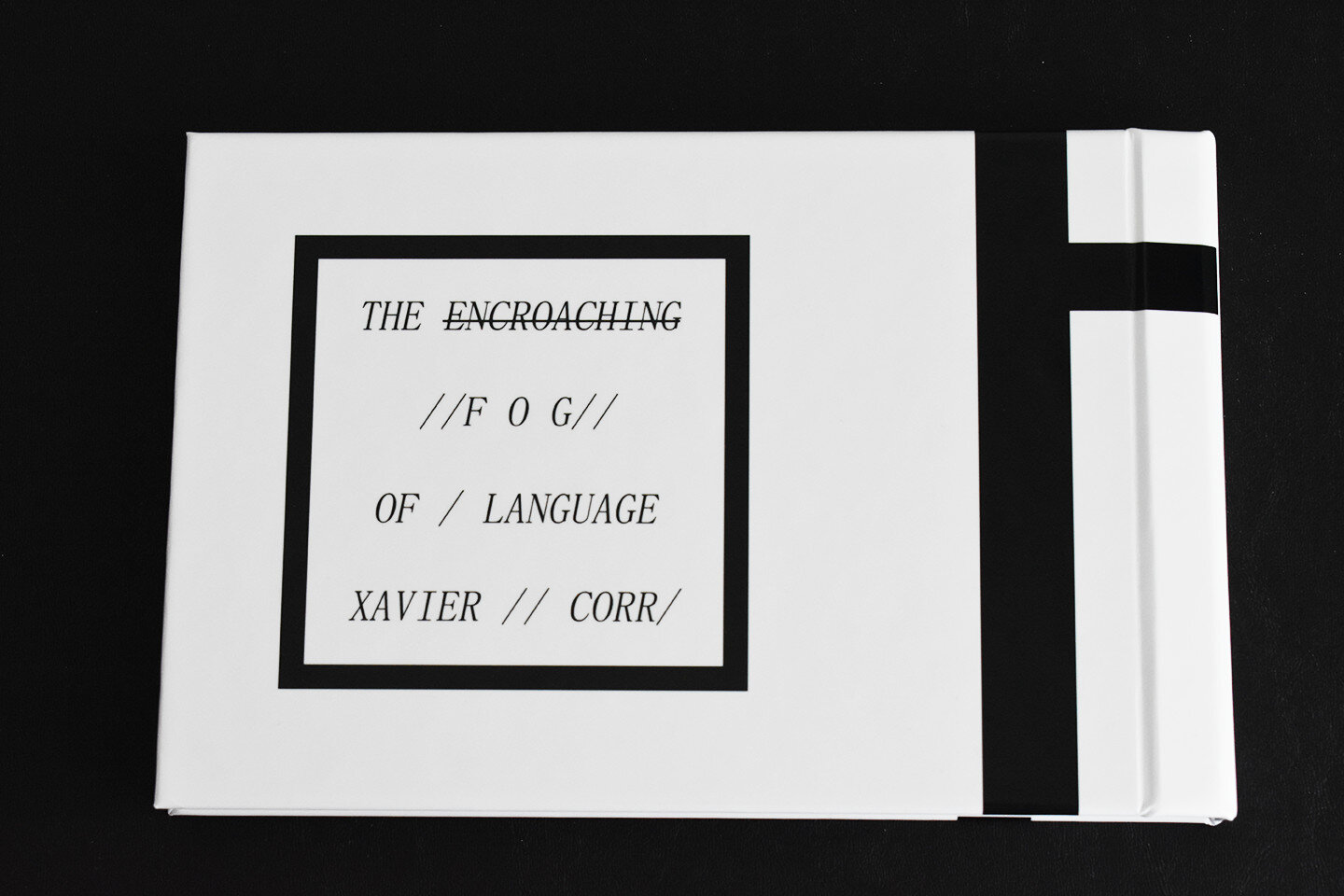The Encroaching Fog of Language
Overview
I have long found language fascinating, both the ways in which it anchors thought and intangibly spurs it. Words possess meanings, but they often morph and bend given new contexts. Beyond that, language contains an unparalleled degree of illustrative power; the right grouping of words can produce as striking an image as any form of visual representation. In an effort to explore these qualities, I began a photo series which sought to deconstruct traditional communication, in search of a more abstract approach. In doing so, I found language to be quite malleable.
Despite the non-meaning of the passages contained within the images, every word implied something. The totality of these implied connotations, alongside the images, manifested as distinct moods or emotions, which I found captivating. The formatting of the words was meant to highlight their visual impact as symbols, as well as signal a departure from traditional communication. Meanwhile, the borders served to highlight the words and question notions of fine art. For me, borders signify importance and borders around an image bring to mind high art. In an effort to both utilize and deconstruct that principle, I placed borders in various configurations throughout the series. The end result is almost a language in itself, with its own idiosyncrasies.
While developing these images, I often relied on randomly generated words to spark ideas. The starkness of words unintentionally paired together helped solidify the diction of the series. After cycling through several different iterations of the series, I was curious as to whether I could expand upon that random generative aspect, fully automating the process of creating images of this style. Doing so would raise new questions regarding the intention of the images, the capacity of technology to create meaningful art, as well as the role of the artist in an age where artificially produced art is possible. This project is the realization of that idea.
PROCESS
The project was fabricated using p5.js, specifically, the Rita.js and Wordnik libraries. The script generates a set of words and borders, then places them atop a randomly selected background from the original series. The formatting applied to the words is determined in accordance with patterns found in the original series. Each photo contains at least one spaced word and only one crossed-out word. Depending on the line, certain types of formatting will be more likely to appear. The words themselves are a mixture of related and randomly generated words, chosen by syllable count. As with the formatting, each line is predisposed to a certain syllable count, giving the grouping of words a poetic meter that mimics the writing from the original series. The code can be seen running at the top of the page, while the slideshow above contains select images that have been printed alongside the originals in a photo book (see below).
Photo book
I felt the images chosen for the photo book closest represented the spirit of the original series. As such, they serve as the best means of comparison between my work and the work generated by the script. Ideally, when looking through the photo book, the process of distinguishing between the two would provide some insight into both the intentions of the series and the nature of machine-made art.































